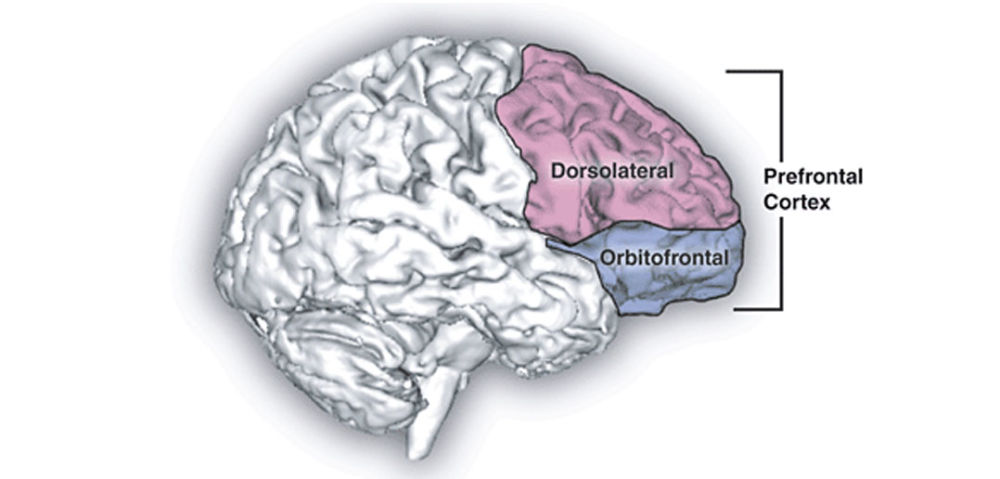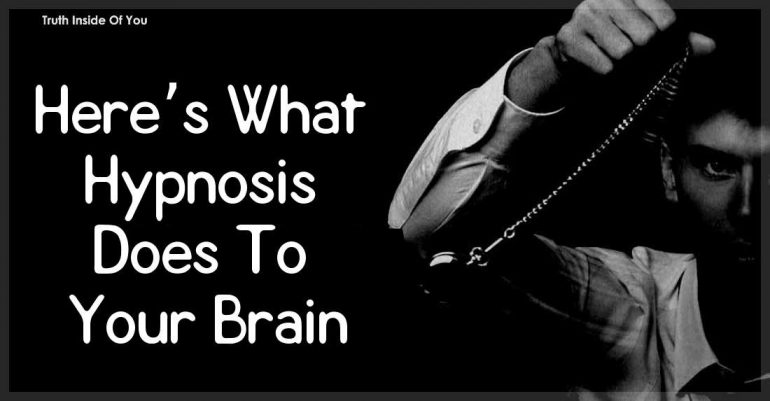Hypnosis, contrary to what many people may believe, is not an activity destined for second-rate magicians. It is not even close to being a mere magic trick. The practice is used to cure psychological and psychosomatic disorders, as it provides a way to “hack” the patient’s brain. However, in order to achieve maximum results, it is vital to understand exactly how and which parts of the brain this practice affects.

For this reason, researchers from Stanford University conducted a survey aiming to determine which sections of the brain interact with hypnosis. In order to explain why this research needed to be carried out, one of the authors of the study, David Spiegel, stated: “Hypnosis is the oldest Western form of psychotherapy, but it’s been tarred with the brush of dangling watches and purple capes. In fact, it’s a very powerful means of changing the way we use our minds to control perception and our bodies.”
The research, using MRI scans to monitor brain activity, concluded that no sector of the brain actually shuts off during hypnosis. More likely, the way that different parts of the brain are connected can be slightly altered, resulting in hypnosis being after all “a different state of consciousness, rather than a reduced level of arousal.”

h/t: iflscience









